The Snappy Chef Single Induction Hob – SCS002 has a power consumption of 2000W
It has a cooking zone of 26cm and is equipped with an automatic overheat cut-off feature and is rated at 7.2 Amps
Pros of Using Induction Hobs:
- Fast and Efficient Cooking: Induction hobs heat up quickly, allowing for faster cooking times and increased energy efficiency.
- Precise Temperature Control: Induction hobs provide precise temperature control, allowing for more accurate cooking and preventing food from burning or overheating.
- Safety Features: Induction hobs are generally safer to use as they remain cool to the touch, reducing the risk of burns. They also have automatic shut-off features and child safety locks.
- Easy to Clean: The smooth, flat surface of induction hobs makes them easy to clean since spills and splatters don’t get baked onto the surface. Additionally, there are no burner grates or coils to clean.
- Energy Efficiency: Induction hobs transfer heat directly to the cookware, resulting in less heat loss and higher energy efficiency compared to traditional gas or electric cooktops.
Cons of Using Induction Hobs:
- Cost: Induction hobs tend to be more expensive upfront compared to other types of cooktops.
- Specific Cookware Required: Induction hobs require the use of cookware with a ferromagnetic base, such as cast iron or stainless steel. Non-compatible cookware, such as aluminum or copper, will not work on induction hobs.
- Noise: Induction hobs can produce a slight humming sound during operation, although the noise level is generally low and may not be noticeable to everyone.
- Limited Heat Source: Induction hobs only heat the area in direct contact with the cookware, which means that the entire surface may not be uniformly hot. This can be a consideration for larger or irregularly shaped cookware.

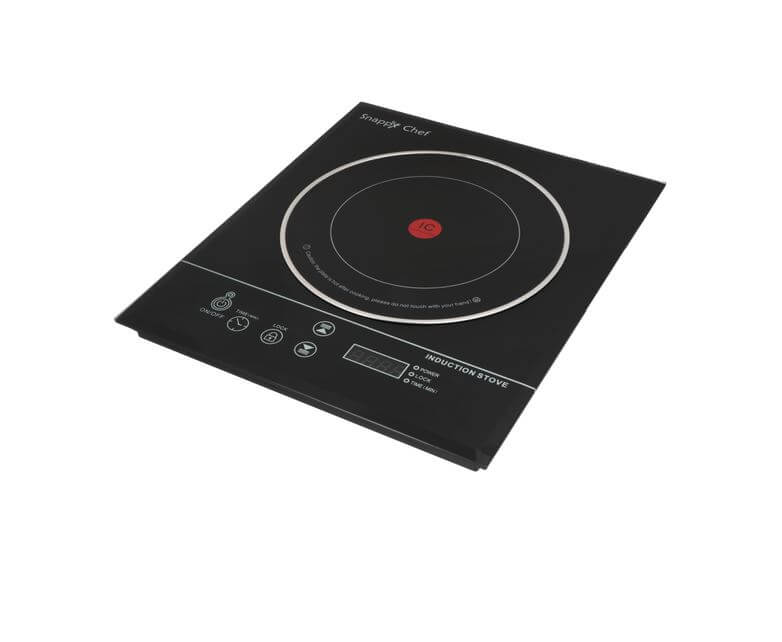
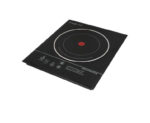
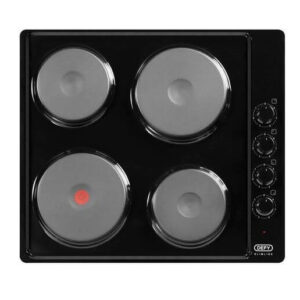
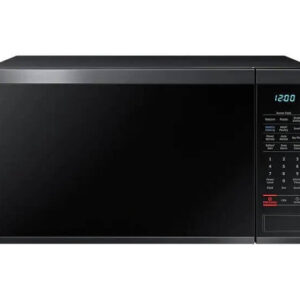
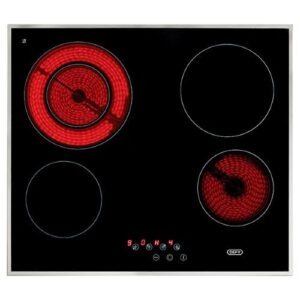
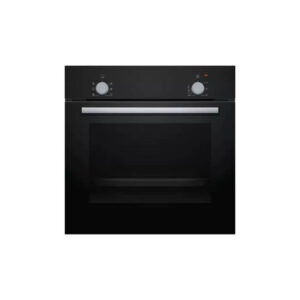
Reviews
There are no reviews yet.